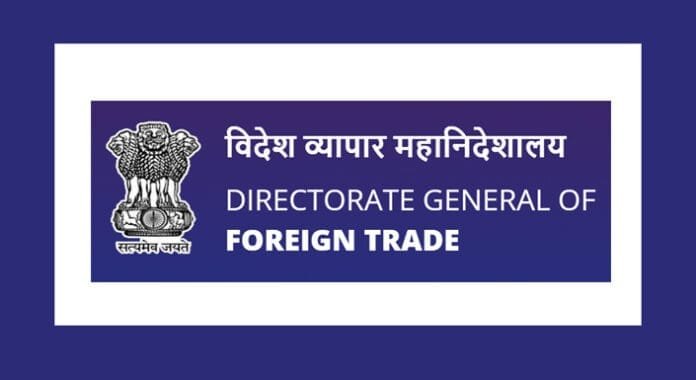Government Imposes Import Restrictions on Platinum Alloys: What You Need to Know
The Indian government has recently announced import restrictions on platinum alloys with a purity of less than 99%, requiring importers to obtain prior approval from the Directorate General of Foreign Trade (DGFT). This move is aimed at curbing the illegal import of platinum mixed with gold and ensuring better regulatory compliance.
Why Has the Government Imposed Import Restrictions?
The decision to impose restrictions comes after reports surfaced regarding the misuse of the tariff differential between gold and platinum. Some importers were allegedly blending platinum with gold to take advantage of lower tariffs, leading to revenue losses for the government. To address this loophole, the DGFT has mandated import authorization for all platinum alloys with purity below 99%.
Key Highlights of the New Import Policy
- Platinum alloys below 99% purity are now classified under the restricted category.
- Importers must secure an import authorization from the DGFT before bringing these alloys into the country.
- Pure platinum (99% purity or higher) remains unaffected by the new restrictions and can be imported freely.
- The decision aims to regulate the trade of precious metals and prevent tax evasion.
Impact on Importers and the Jewelry Industry
Importers
For importers dealing with platinum alloys, the new regulations mean additional bureaucratic hurdles. Businesses must now apply for DGFT approvals, which could increase import costs and processing times.
Jewelry Manufacturers
While the restrictions target platinum alloys, pure platinum imports remain unaffected. This ensures that the jewelry industry continues to receive the platinum supply it needs for manufacturing high-quality ornaments.
Concerns Over the India-UAE Free Trade Agreement (FTA)
The issue of platinum imports has also been linked to concerns over India’s Comprehensive Economic Partnership Agreement (CEPA) with the United Arab Emirates (UAE). The Global Trade Research Initiative (GTRI) raised concerns over unlimited duty-free imports of precious metals under the FTA, arguing that the policy could harm domestic producers.
According to GTRI, platinum mixed with gold was being imported at lower tariffs under FTA benefits, leading to increased imports of duty-free gold substitutes. The Indian government has now sought assurances from UAE authorities to ensure compliance with the rules of origin and prevent loopholes.
Historical Trends in Platinum and Precious Metal Imports
Gold Imports
- India remains one of the largest gold importers in the world.
- Due to high import duties, traders have explored alternative ways to bring gold into the country at lower tariffs.
Platinum Imports
- Platinum demand has risen significantly in recent years, especially for industrial and jewelry use.
- The import of platinum alloys with gold content surged in 2024, raising concerns about tariff misclassification.
Government’s Measures to Regulate Platinum Imports
To ensure better compliance, the Indian government has taken several regulatory steps:
- Mandatory Import Authorization: Importers must now seek approval before bringing in platinum alloys.
- Tighter Scrutiny on Free Trade Agreements: Authorities are working to close loopholes that allow misclassified imports.
- Coordination with UAE Authorities: India has engaged in discussions with UAE officials to ensure rules of origin compliance.
- Strengthened Customs Monitoring: Advanced tracking mechanisms are being implemented to prevent illegal imports.
Industry Reactions and Future Implications
Jewelry Sector’s Perspective
The jewelry industry has welcomed the move, stating that it will help ensure fair competition and prevent unethical trading practices. However, some businesses fear that additional DGFT approvals might slow down supply chains.
Impact on Platinum Prices
- The restriction could lead to higher platinum alloy prices in the short term due to limited supply.
- However, pure platinum imports remain unrestricted, ensuring that the overall impact on the platinum market remains minimal.
Conclusion
The government’s decision to restrict platinum alloy imports below 99% purity is a crucial step toward preventing misuse of import policies. While importers may face increased regulatory requirements, the move ensures greater transparency in trade and curbs duty evasion. Moving forward, businesses and policymakers will need to closely monitor the impact of these changes on the platinum market and the broader precious metals industry.















